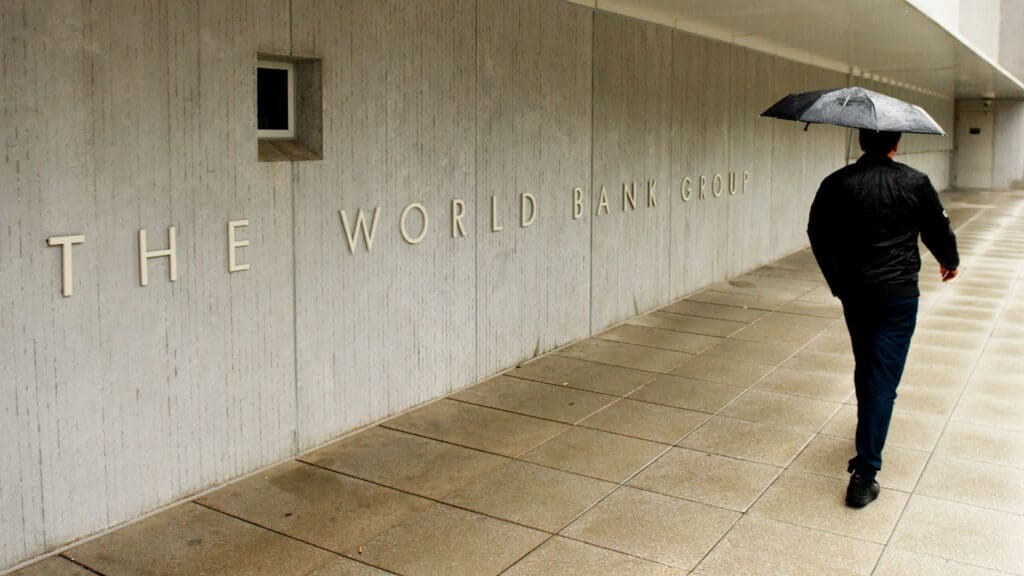Kazakhstan to borrow $550 million from IBRD

Kazakhstan will secure a $550 million loan from the International Bank for Reconstruction and Development (IBRD) once members of the Mazhilis, the lower house of parliament, approve the move.
«The International Bank for Reconstruction and Development is issuing an 84.9-billion-yen loan to the Republic of Kazakhstan ($550 million) with a maturity of 11 years. The loan is expected to be raised to support the sustainability of the country’s economy within the framework of the approved deficit of the national budget during the planned period,» MP Tatiana Savelyeva said during a Mazhilis meeting.
In mid-November, the lower house of the parliament also began reviewing similar agreements with the Asian Infrastructure Investment Bank (AIIB) and the Asian Development Bank. The country aims to raise 52.7 billion yen (about $341 million) with a 15-year maturity and 52.3 billion yen ($338 million), respectively.
Earlier this year, the Ministry of Finance of Kazakhstan decided to expand the budget deficit to $7.2 billion (2.7% of GDP) due to a decline in tax revenue. At the time, the ministry explained that the budget shortfall would be offset by new public securities and transfers from the National Bank, totaling $11.3 billion.
Next year, the budget deficit is forecast to remain at 2.7% of GDP. In early September, during the presentation of a draft three-year budget, MP Erlan Sairov revealed that the deficit could reach $9.7 billion. Since the government does not have this money, it will need to borrow it.
Ardak Tengebayev, a member of the Supreme Audit Chamber, also commented on the issue. According to him, Kazakhstan is expected to spend $12.3 billion to meet its financial obligations in 2025. The official expressed concern over the rapid growth of public debt, which has risen by 12% on average over the past five years, a rate close to GDP growth.

